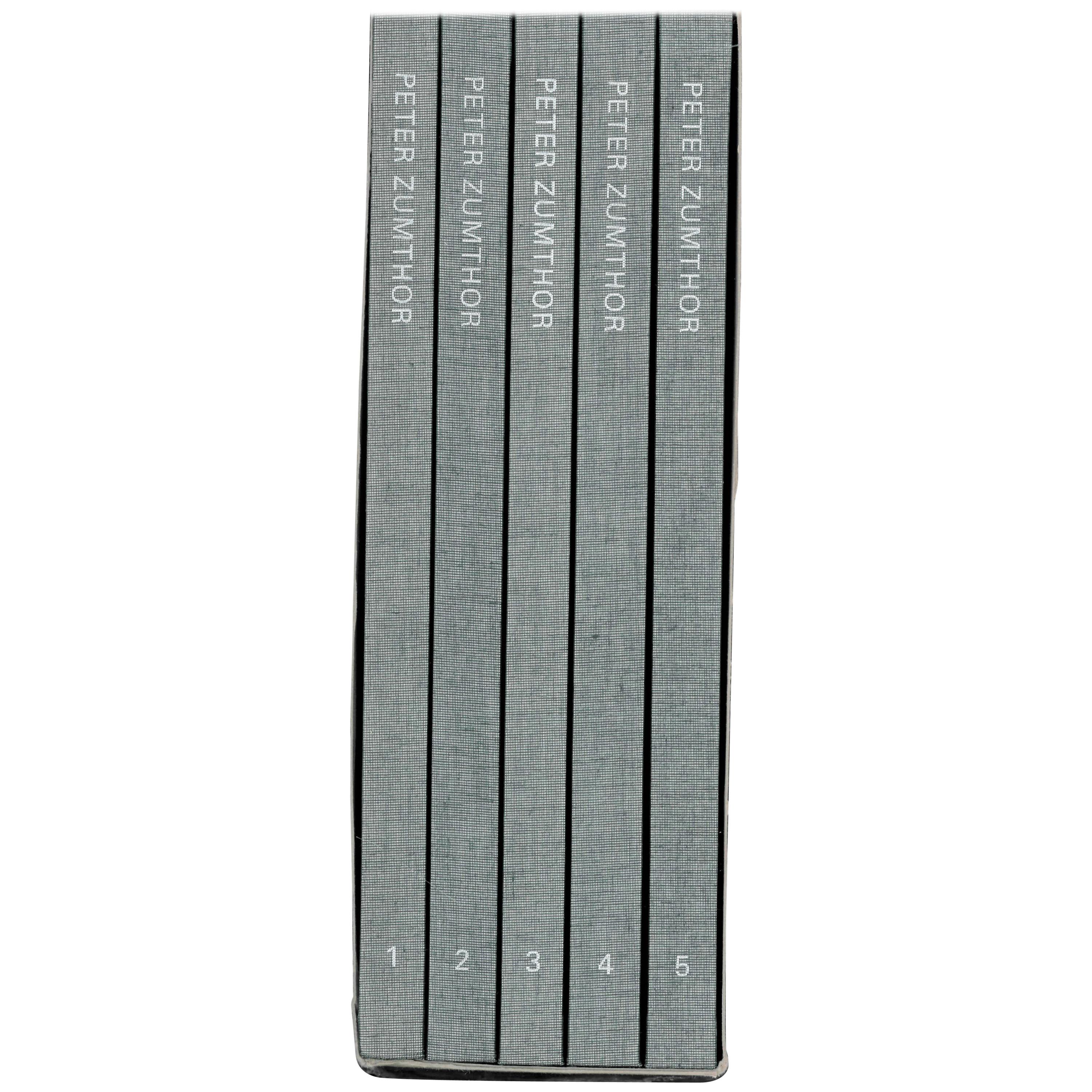

It involves the position, orientation and intensity of natural and artificial light in the volume. To emphasise the dramatics of any atmosphere, it is essential to understand the phenomenon of light and shade. Materials have an infinite capacity of creating atmosphere by altering their proportion of composition.

For instance, a stone block with a smooth finish would act differently than a rough block in the way we sense it, and would be largely altered when composed with wood or glass.

Any given material can produce varying outcomes in creating atmosphere. Amongst materials, there should be a sense of compatibility to each other. These elements should come together to a unified notion of the building. Architecture in visual context is composed of construction materials, furniture, construction details and objects of utility or art, each with its own colour and texture. But even art has a utility of erupting thoughts. They could be natural or artificial, utilitarian or just art. We are always surrounded by visual elements in space and time. The visual context in any atmosphere is the most evident element in presence. In the book Atmospheres, Zumthor has framed 9 elements which compose the atmosphere of architecture, which has potentially inspired me to develop the understanding of perceiving architecture elucidating each sense. Architecture composed of emotional connections which create eternal memories. Zumthor expresses architecture as a physical poetry, symbolic, but, on further understanding, one realises the truth. These are the extents of each one of us in the scope of infinity. Such experiences help us understand the meaning in a situation, interaction and existence.

Peter Zumthor, in his book Thinking Architecture, emphasises on exploring spatial experiences which act as a reservoir of atmospheres to rely upon during the design phase of his projects. All of us have experienced atmospheres composed of cities we’ve visited, places we’ve lived in, people we’ve interacted with, and the objects that have made their presence felt. While moving through spaces, often we are lost in our lives, blurring our senses until the atmosphere is strong enough to divert our attention. As we enter any space, through our senses we feel the atmosphere, initiating phenomenological reactions in our mind, concluding the experience of our existence. Humans perceive the physical realm through sensory organs. Blur Building for Swiss Expo Pavilion, 2002 / Architect: Diller Scofidio + Renfro / Photography: Beat Widmer


 0 kommentar(er)
0 kommentar(er)
